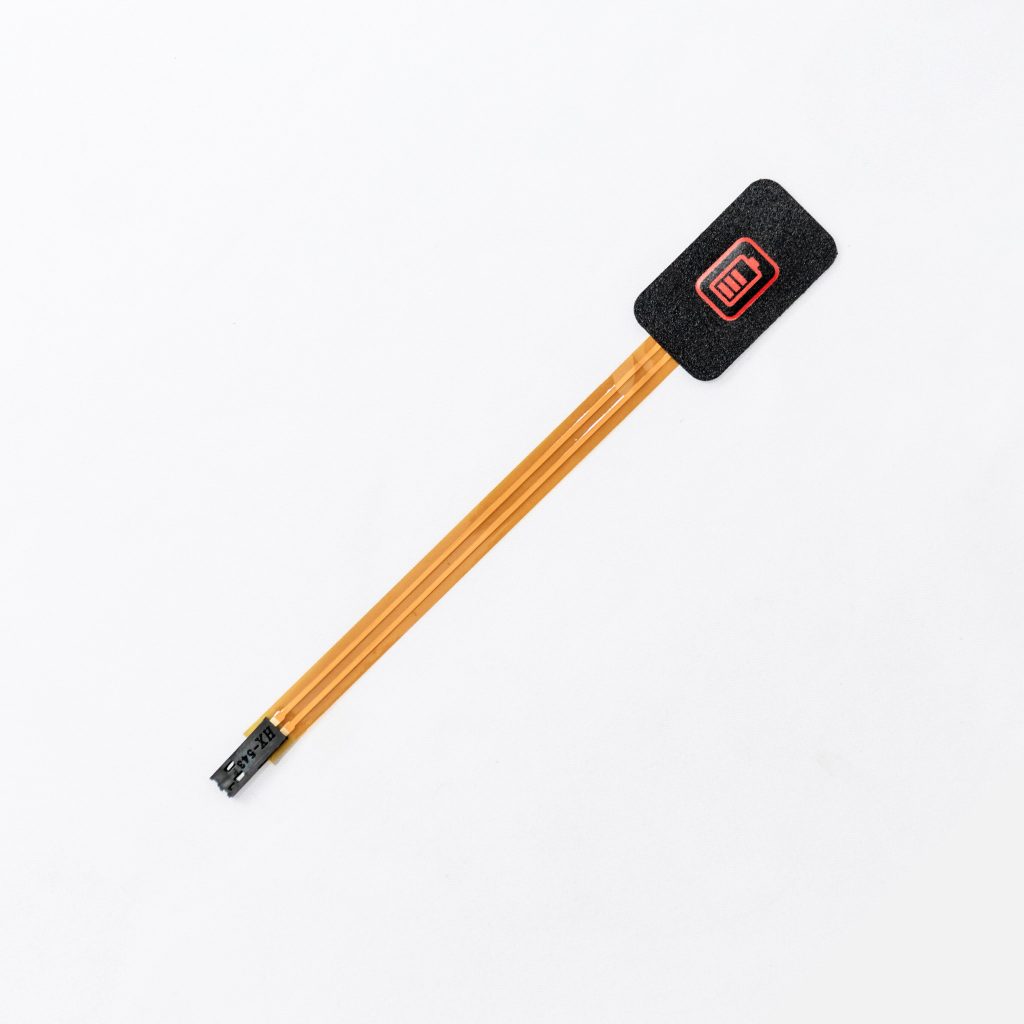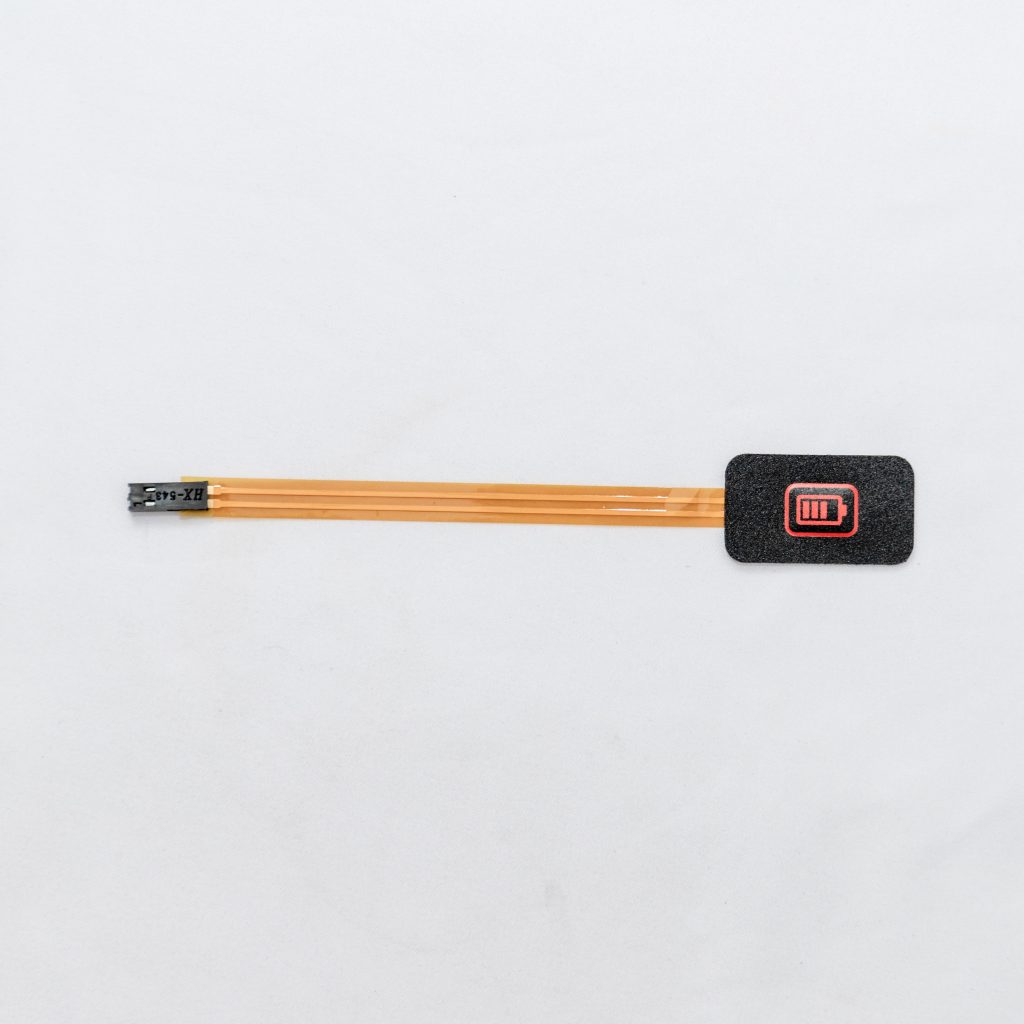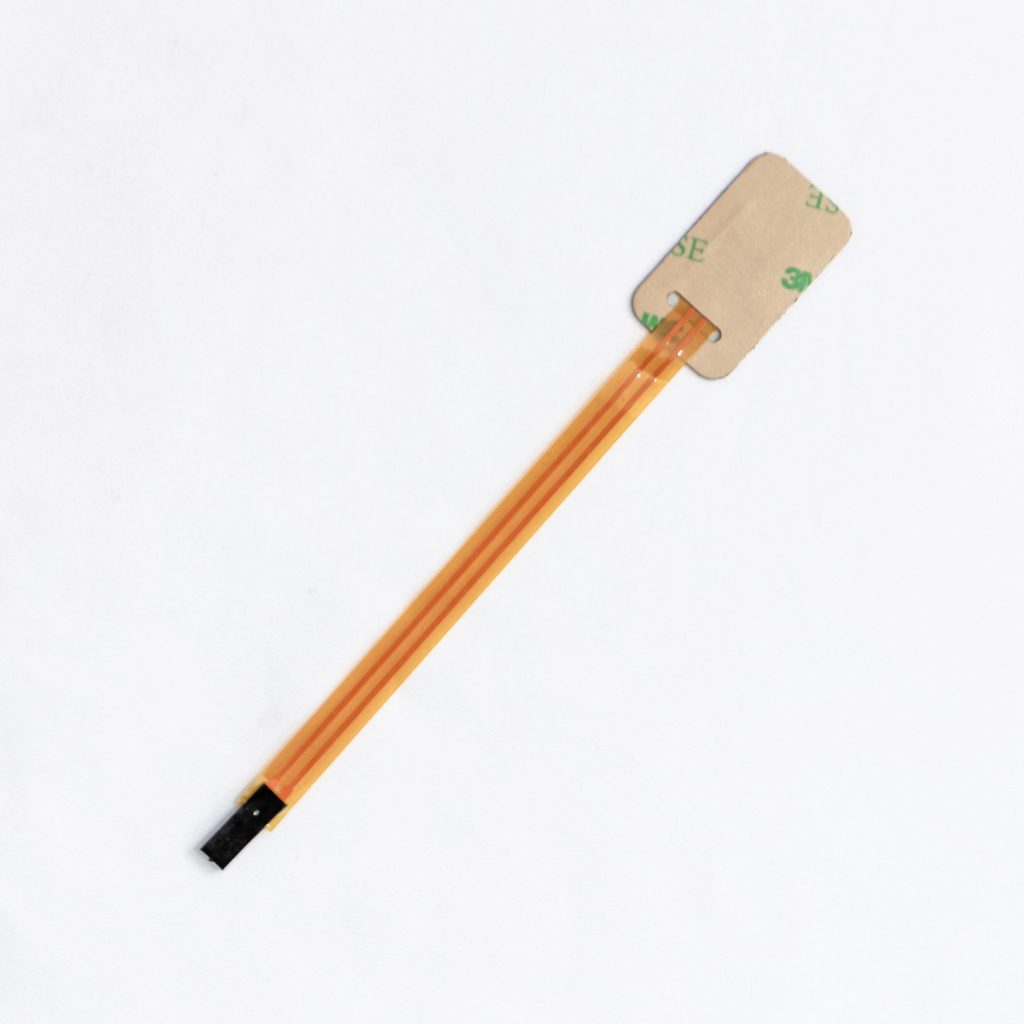Contact
Write to Us And We Would Be Happy to Advise You.
Do you have any questions, or would you like to speak directly with a representative?
By hqt
When it comes to choosing the best membrane switch product, it’s essential to consider factors that not only meet your requirements but also lower your costs. A membrane switch is a user interface that allows for interaction between a user and an electronic device. It consists of several layers of materials, including polyester, polycarbonate, and adhesive, that work together to provide a reliable and durable interface. In this article, we will explore the key considerations for selecting the best membrane switch product while keeping your costs low.



A membrane switch is a crucial component of many electronic devices, ranging from medical equipment to consumer electronics. It serves as a user-friendly interface that enables users to control and operate various functions. Choosing the right membrane switch product is vital to ensure optimal performance, durability, and cost-efficiency. By understanding your requirements and considering the factors discussed below, you can make an informed decision that not only meets your needs but also lowers your costs.
1. Durability: Ensuring Longevity
When selecting a membrane switch product, durability should be a primary consideration. A durable membrane switch can withstand harsh environments, resist wear and tear, and provide long-term functionality. Look for products that are tested and certified to meet industry standards for durability, such as IP ratings for resistance against moisture and dust.
2. Customization: Tailoring to Your Needs
Each application may have unique requirements, making customization an important factor. The ability to customize a membrane switch product allows you to design it according to your specific needs, including the layout, graphic overlays, tactile feedback, and integration with other components. Look for manufacturers that offer comprehensive customization options to ensure your membrane switch aligns perfectly with your device.
3. Material Selection: Balancing Quality and Cost
The choice of materials used in a membrane switch directly affects its performance and cost. While high-quality materials may contribute to better functionality and durability, they often come at a higher price point. It is essential to strike a balance between material quality and cost to ensure you get the best value for your investment. Consult with experienced membrane switch manufacturers to explore different material options that meet your requirements while staying within your budget.
4. Integration: Seamless Compatibility
Consider the ease of integration when choosing a membrane switch product. It should seamlessly fit into your overall device design and interface with other components without compatibility issues. Look for products that provide clear specifications and compatibility guidelines to streamline the integration process, reducing the risk of costly modifications or delays.
5. Supplier Expertise: Industry Experience Matters
Partnering with an experienced and reputable membrane switch supplier can significantly impact your cost and overall product quality. A knowledgeable supplier understands the intricacies of membrane switch manufacturing, can offer valuable insights and recommendations, and provides ongoing support throughout the development and production process. Research suppliers with a proven track record and positive customer feedback to ensure a reliable and cost-effective partnership.
To lower your costs while choosing the best membrane switch product, consider the following strategies:
1. Bulk Ordering: Economies of Scale
If your project requires a large quantity of membrane switches, consider bulk ordering. Many manufacturers offer volume discounts, allowing you to lower the unit cost significantly. By planning ahead and estimating your long-term needs, you can take advantage of economies of scale and reduce your overall expenses.
2. Value Engineering: Optimize Design and Materials
Collaborate closely with your membrane switch manufacturer to explore value engineering opportunities. Value engineering involves analyzing the design and material choices to identify areas where cost savings can be achieved without compromising quality. By optimizing the design and material selection, you can lower your costs while maintaining the desired performance and functionality.
3. Long-Term Reliability: Reducing Maintenance and Replacement Costs
Investing in a high-quality membrane switch product may require a slightly higher upfront cost but can lead to significant long-term savings. By choosing a reliable and durable membrane switch, you can minimize maintenance and replacement expenses, reducing the total cost of ownership over the lifespan of your product.
4. Regular Communication: Building Strong Partnerships
Maintaining open lines of communication with your membrane switch supplier is crucial to building a strong and mutually beneficial partnership. Regularly discuss your requirements, goals, and budget constraints to ensure they have a clear understanding of your needs. This communication allows them to provide tailored solutions that meet your expectations while minimizing costs.
1. What are the key benefits of using a membrane switch?
A membrane switch offers several benefits, including a sleek and compact design, resistance to dust and moisture, ease of use, and versatility in terms of customization.
2. How long do membrane switches typically last?
The lifespan of a membrane switch depends on various factors, including the quality of materials, environmental conditions, and usage. With proper care and maintenance, a well-manufactured membrane switch can last for several years.
3. Can membrane switches be used in outdoor applications?
Yes, membrane switches can be designed and manufactured to withstand outdoor conditions. By using materials with high UV resistance and incorporating appropriate sealing techniques, membrane switches can effectively operate in outdoor environments.
4. What steps should I take to ensure cost-effective customization?
To achieve cost-effective customization, clearly communicate your specific requirements to the membrane switch manufacturer. Work closely with their design and engineering teams to explore different options, materials, and layouts that meet your needs while optimizing costs.
5. How can I evaluate the reliability of a membrane switch supplier?
When evaluating a membrane switch supplier, consider factors such as their industry experience, track record, customer testimonials, certifications, and adherence to quality standards. Request samples, visit their facilities if possible, and engage in open discussions to assess their expertise and reliability.
6. Can I integrate a membrane switch with other components in my device?
Yes, membrane switches can be seamlessly integrated with various components in your device. By collaborating with your membrane switch supplier and providing detailed specifications, they can ensure compatibility and assist with the integration process.
Lowering your costs while selecting the best membrane switch product is achievable by considering key factors such as durability, customization, material selection, integration, and supplier expertise. By implementing strategies like bulk ordering, value engineering, prioritizing long-term reliability, and maintaining open communication with your supplier, you can optimize costs without compromising on quality or performance. Remember to carefully evaluate suppliers and consult with experts to make an informed decision. Lowering costs is not about cutting corners but rather finding the right balance between quality and affordability.
Do you have any questions, or would you like to speak directly with a representative?